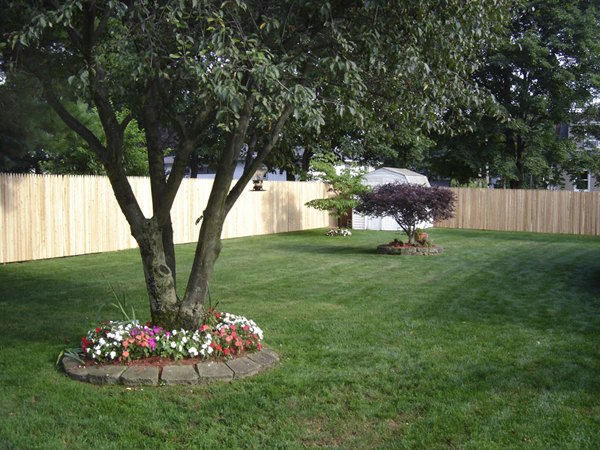Taking Proper Care Of A Wood Fence on Long Island
nike foamposite 2000 black women shoes heels - Blanco - 991 - DJ3180 - Nike Air Max 97 By You Zapatillas personalizables | Sneaker in diesem Jahr? - Grailify - Nike SB Dunk Low "Mummy" – der vielleicht beste Halloween - brown leather nike shoes women wear boots in india
A wood fence can be a great way to give a home a definitive border. It keeps children in and stray animals out. It also changes the look of the house. But over time, wood fences rot away. Before you know it, you and your neighbor's dog will be growling at each other over the Japanese maple at the edge of your property. However, you can make wood fences last longer — and keep your neighbor's dog on his side of the yard — with a little care.
Typically, wood fences, especially those going up around newly constructed homes, are made of cedar or redwood.
"They are more resistant to rot and decay than other species," says Jack Holt, owner of Holt Lumber in Fresno, Calif. "They're not structurally as strong as Douglas fir, which is used in framing a house, but for anything that is exposed to the elements, those are the two species of wood used."
In buying wood for fences, people should get pressure-treated wood for posts, says Ethan Elaison, co-owner of Elaison Lumber in Fresno. Posts should be pressure-treated because they go into the ground, where they are susceptible to insects and moisture.
"When they go through the mill, they are chemically treated to resist bugs and water damage," Elaison says. Addressing concerns about the effects of arsenic and other chemicals used to treat the wood leaching into the ground, Elaison says they "are not anything to worry about. The chemicals aren't extremely potent, especially lately. The chemicals have been toned down a little."
Pressure-treated posts, which are indicated with a label or stamp, cost about $10 each.
Pickets don't need to be pressure-treated because they are above ground, say Holt and Elaison. Fence pickets cost between $1.70 and $3.
Within the first year of installation, the wood may warp or split as it dries, says John Elaison, co-owner and founder of Elaison Lumber. In five to eight years, the fence may start to lean, but it should last 10 to 15 years overall. To keep the wood from rotting, apply a wood preservative to seal it. "It's like wax on a car," Holt says. "It helps protect it from the elements, from water, from sprinklers."
Water-repellent preservatives and sealants are sold at home-improvement and hardware stores. They cost $10.99 to $18.99 for a gallon. Exterior stains, which usually also are sealants, are another option if homeowners want their fence to coordinate with the exterior of their homes. Semi-transparent stains costs $17 to $18 per gallon.
If wood has been pressure-treated, a sealant isn't necessary, as the wood already has been injected with preservatives, John Elaison says.
Homeowners also should keep sprinklers from wetting the fence, which causes the wood to rot faster. And bushes and vines should be kept off the fence.
"The less weight on the fence, the better," Ethan Elaison says. "The vine will help keep it moist and help it rot faster."







